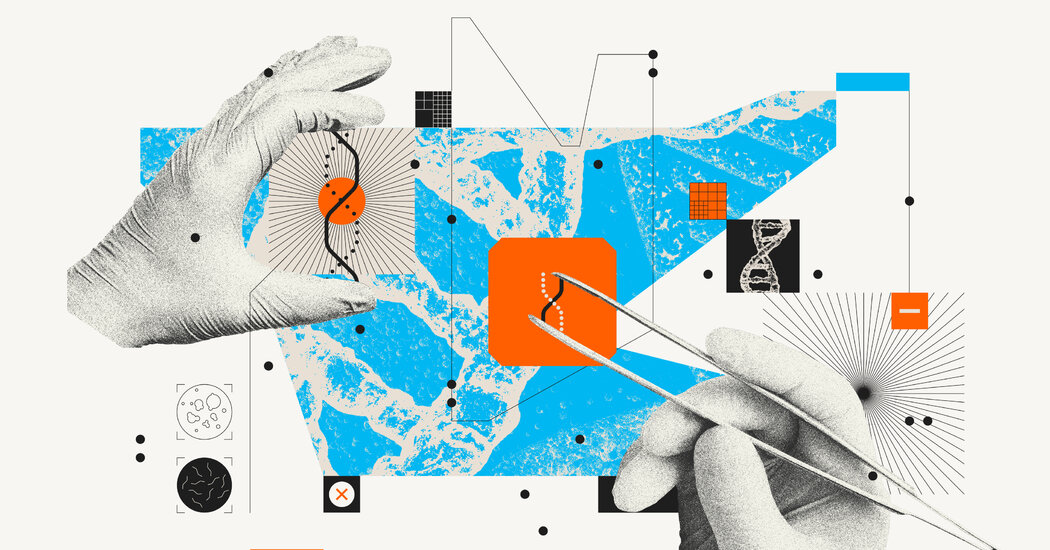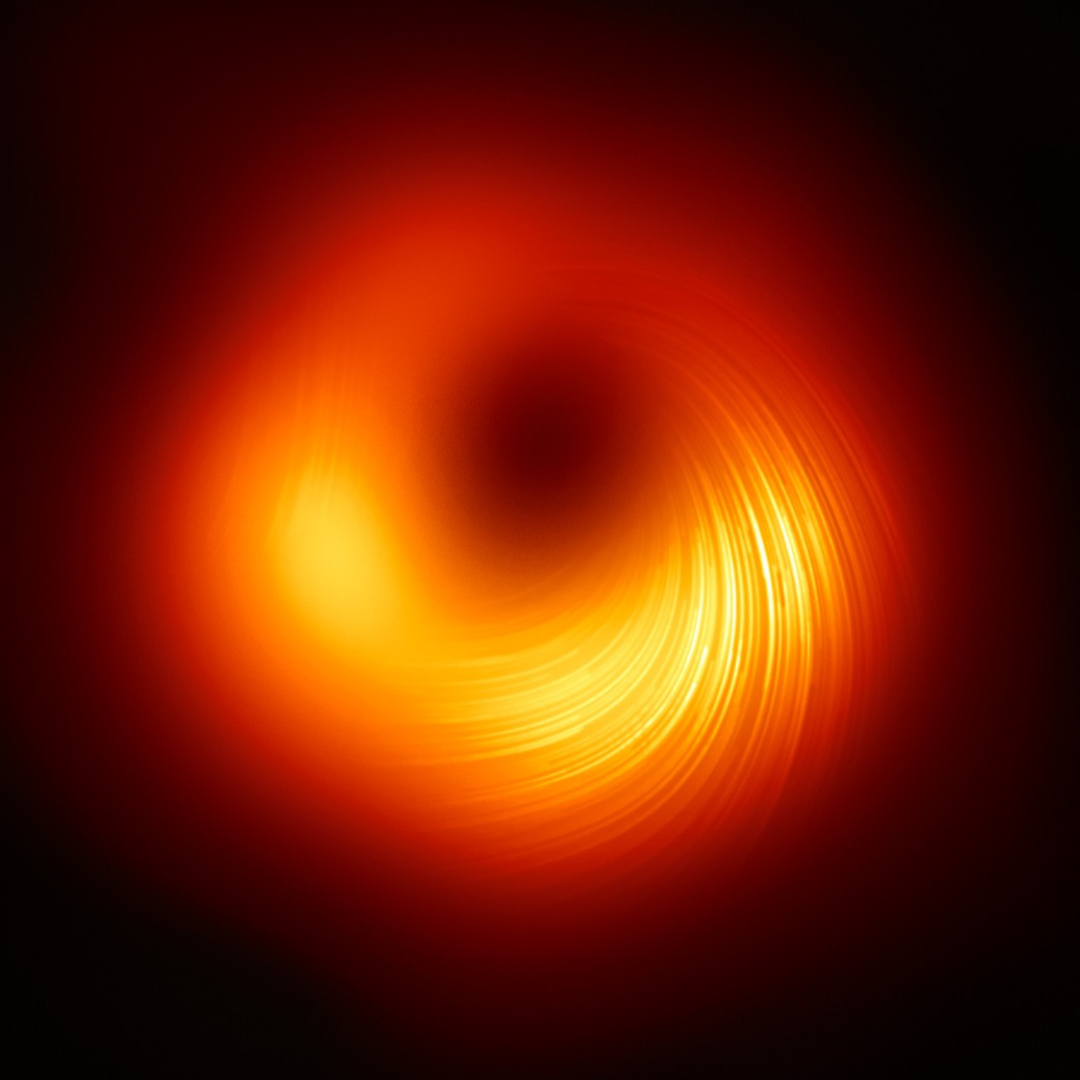In recent decades, chemists have discovered how to make mirror proteins. Researchers have welded together right-handed amino acids to create mirror versions of natural proteins made by our own bodies.
Mirror proteins behave much like their natural counterparts, with one important difference: They take much longer to break down. That’s because the natural enzymes that normally degrade proteins have shapes that are adapted for attacking left-handed proteins.
They cannot grip mirror proteins and cut them into fragments. Their failure is akin to what happens if you try to twist open a lid from a jar by turning it counterclockwise, only to discover that the threads on the jar twist in the opposite direction.
Chemists are now trying to exploit mirror proteins, hoping they can be used to create long-acting drugs for diseases ranging from H.I.V. to Alzheimer’s.
So what about mirror organisms? Super fungus from the bizarro world sounds like a great Trump pandemic for the 2027 bingo card
Could Wreak Havoc
yeah… so what are we giving it before one of these things escapes containment, 5 years? less?
The capability to create mirror life is likely at least a decade away and would require large investments and major technical advances;
wanna bet that this “decade” will last longer than “just a decade until fusion works”?
In this timeline? We’re probably looking at this spring for the next bout of mayhem
COVID 91!
Covid 25 Pro
I can’t afford Covid Pro, so I have to watch ads
!91 DIVOC
I need scissors! 61!
“could” means “won’t” here
Hyperbole, any mirror organisms we cook up will be simple and inefficient since they won’t be able to make easy use of the abundance of material that is the wrong chirality for their biochemistry. If they escaped they’d starve to death because all the normal life would be scavenging all the food sources much more effectively.
Not arguing but curious. Could anything that escaped have a chance of becoming invasive?
In theory, but unlikely.
Its main advantage would be evading detection. However, this would work both ways. It wouldn’t have the machinery to use 'normal organic molecules.
The 2nd issue would be its structure. It would be entirely synthetic. It will likely be trimmed down genetically. This gives it far less to work with in evolutionary terms.
Basically, it would be a shadow environment. It would be dependent on whatever material it could find, since no current life would be producing what it needs. It would also be limited in it’s ability to evolve rapidly to cope.
It would be akin to releasing a pregnant chiwawa into an automated car factory. Could it survive, maybe. Could it cause a bit of damage, maybe. Could it multiply out of control, consuming the machines of the factory, VERY unlikely.
Mirror proteins behave much like their natural counterparts, with one important difference: They take much longer to break down. That’s because the natural enzymes that normally degrade proteins have shapes that are adapted for attacking left-handed proteins. They cannot grip mirror proteins and cut them into fragments.
The virtual non-existence of enzymes that can break down right-handed proteins is almost assuredly because their use is vanishingly rare in life on Earth right now. If mirror life did escape the lab and find some way to thrive, normal life would suffer until some normal bacteria happened to mutate and create enzymes that could break it down.
I expect it to be like the Carboniferous period. Trees evolved, and nothing was around that could break down lignin, so they thrived for millions of years and caused devastation to ecosystems of the time. But dead trees represented a lot of untapped raw materials, so eventually other life evolved to break them down.
I would expect the same with mirror life. All else being equal, a few million years of devastation until life evolved ways to fight back. Or humans could dramatically speed that up by genetically engineering normal life (bacteria) with the tools to break down mirror proteins and thus attack mirror cells. It would still be devastating and would completely reshape life on the planet, but it may let humanity squeak through and continue existing.
Im really starting to wonder which great filter is going to wipe us all out at this rate. Leaning towards a when, not an if.
Capitalism
I don’t think we’re even going to make it to a great filter. We’ll probably do ourselves in on a ‘pretty ok’ or ‘not too bad I guess’ filter.
Haha, perhaps.
How many times do we have to tell them to stop trying to clone Yggdrasil. Is pando not enough?!
I would think that evolution already tried this and was a complete failure? If no life on Earth uses such mirrored cells? Can anyone explain to my dumb ass?
You’re not wrong. The hypothesis that I’m familiar with says that there’s a lower energy barrier to using L-amino acids when forming a peptide bond. But favoring one configuration over the other doesn’t mean exclusivity. As far as I know, we haven’t fully been able to explain why every organism on earth uses the same configuration.
I thought that part of it at least was that much like existing life has a harder time breaking down these mirror proteins the same is true in reverse. So any life that was mirror protein based would struggle with consuming and gaining energy. As such the current protein chirality basically won by being first to market. That being said I don’t see why that would hamper reverse chirality photosynthesis, and I don’t really know what I’m talking about so perhaps your suggestion is more convincing after all.
I don’t really know what I’m talking about
I must not either, because I usually just assume that people who actually use the word chirality in a sentence tend to know what they’re talking about.
Sooooo… Mirror cells can’t be latched onto by normal cells. Why would mirror cells be able to latch onto normal cells? This seems like fear mongering because, logically speaking, if A can’t attach to B, then B can’t attach to A. I suppose you could program mirror cells to attack normal cells via indirect means (creating toxins that kill normal cells), but it seems like they’d struggle to fulfill their purpose because the article makes it sound like their “diet” is also mirrored.
I mean the preferance in chirality for organisms was something mentioned in organic chem classes so it is interesting we might actually make the other type. I would be more worried about the proteins themselves acting like prions or such. I mean I doubt our cell structure would replicate it but you never know what the interactions are going to act like.
Oh no, not the strawberry catastrophe from The Mote in God’s Eye.
That’s fear on the basis of “it’s different”, nothing more. If it’s justified; i don’t think so.
Wait how would the mirror cells consume anything that normals cells do?
Wouldn’t they be entirely dependant on mirrored organic molecules? Which we dont have anyway?
Paywalled article. :(
So click on the archive link?








